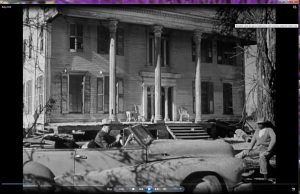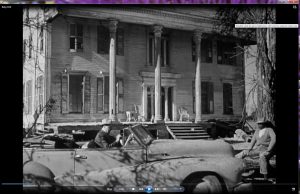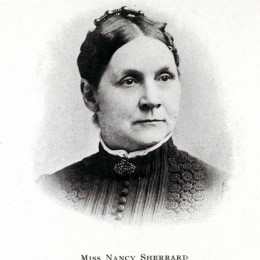Lakeport Legacies · June 21 · Yankee Mistress of the Old South: Plantation Life in the Arkansas Delta, 1847-1866
Yankee Mistress of the Old South: Plantation Life in the Arkansas Delta, 1847-1866
Dr. Gary Edwards (Arkansas State University-Jonesboro)
Thursday, June 21
Refreshments & Conversation @ 5:30 pm
Program @ 6:00 pm
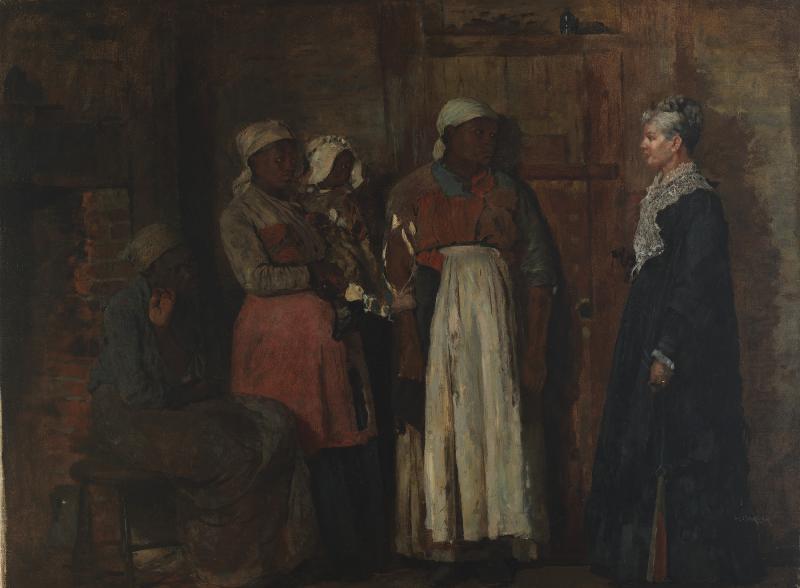
Winslow Homer’s A Visit from Mistress (1876) exemplifies the tensions between former slaveholders and their former slaves in the years after the Civil War. Smithsonian American Art Museum, Gift of William T. Evans, 1909.7.28
Lakeport Legacies for June 21 will feature Dr. Gary T. Edwards. Edwards, associate professor of history at Arkansas State University, will examine the life of Amanda Trulock (1811-1891). Born and raised in Connecticut, Trulock was widowed in 1849 and found herself the mistress to 62 enslaved laborers on a plantation in Jefferson County. Letters and plantation records reveal a complicated relationship with slaves as she managed her plantation near Pine Bluff. Edwards’ chapter on Trulock was recently published in Arkansas Women: Their Lives and Times (University of Georgia Press, 2018). A limited number of copies will be available for purchase.
Arkansas Women: Their Lives and Times — $35
Register for this FREE Event
(by phone, email or online)
870.265.6031 ·
601 Hwy 142 · Lake Village, AR 71653


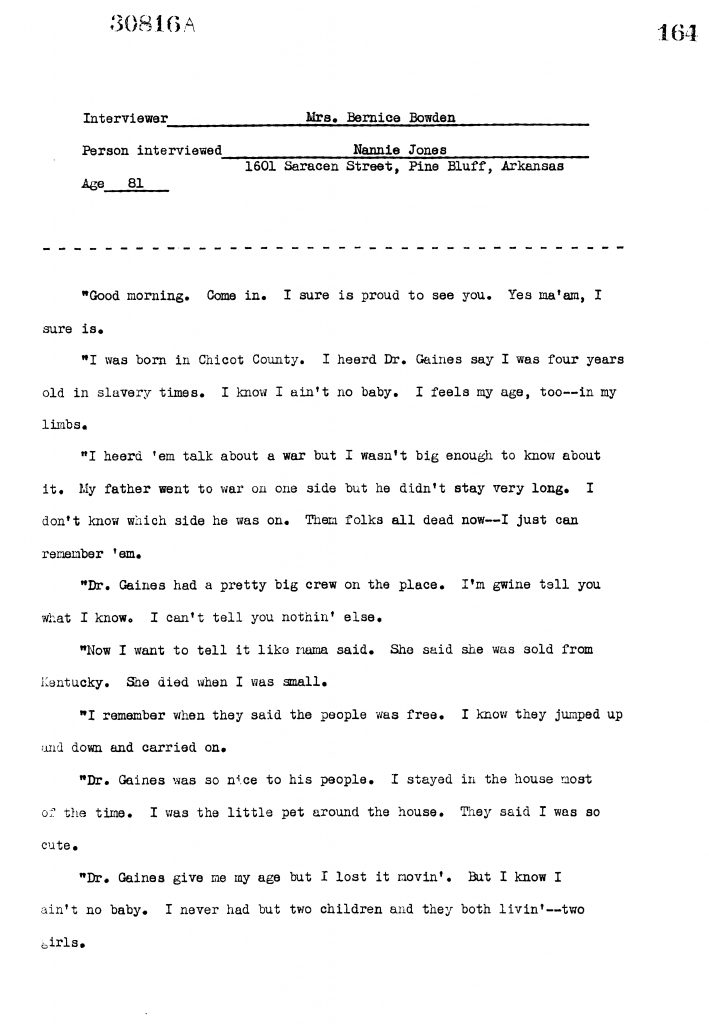


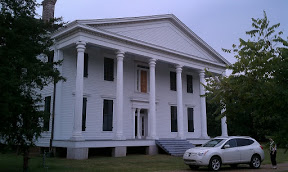
 in 1936 as the “
in 1936 as the “